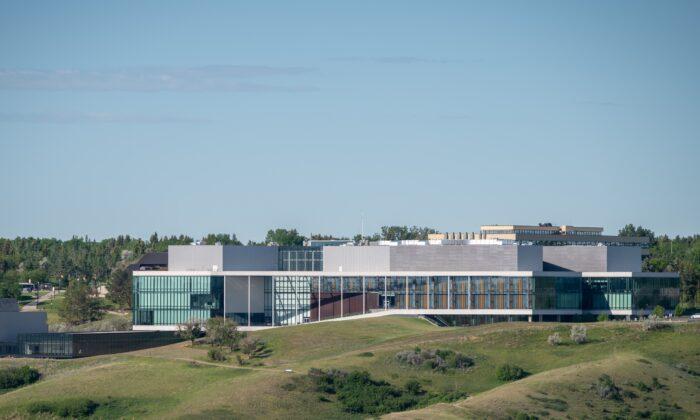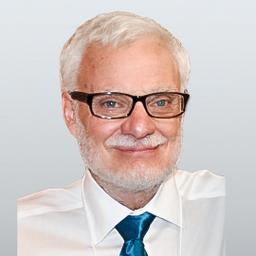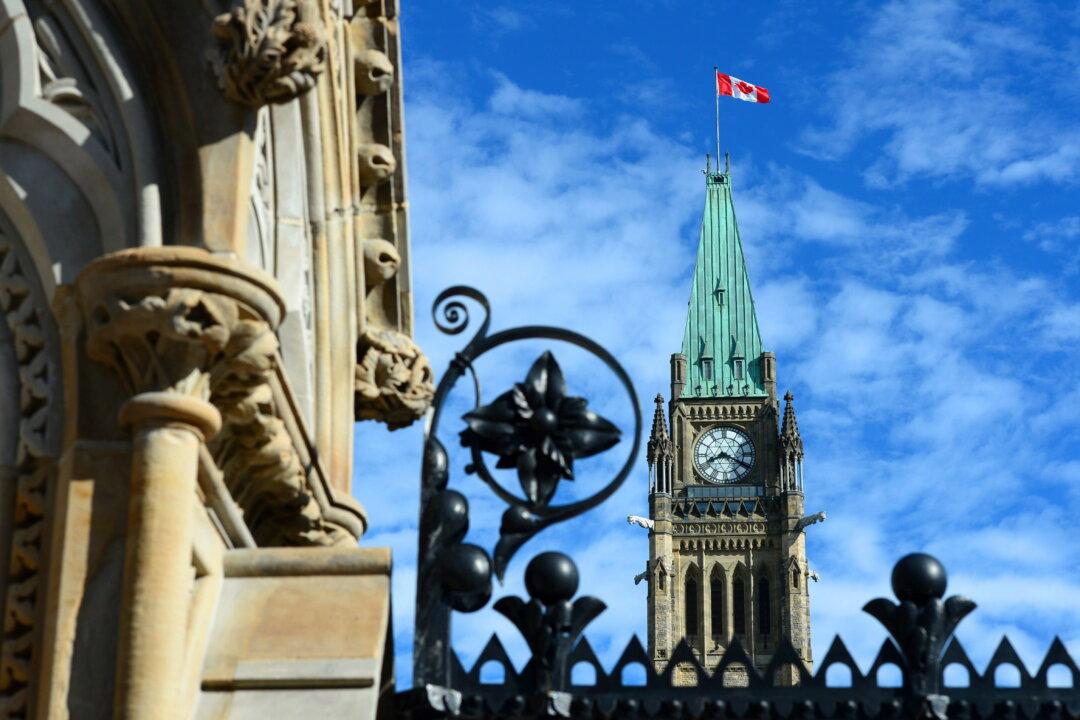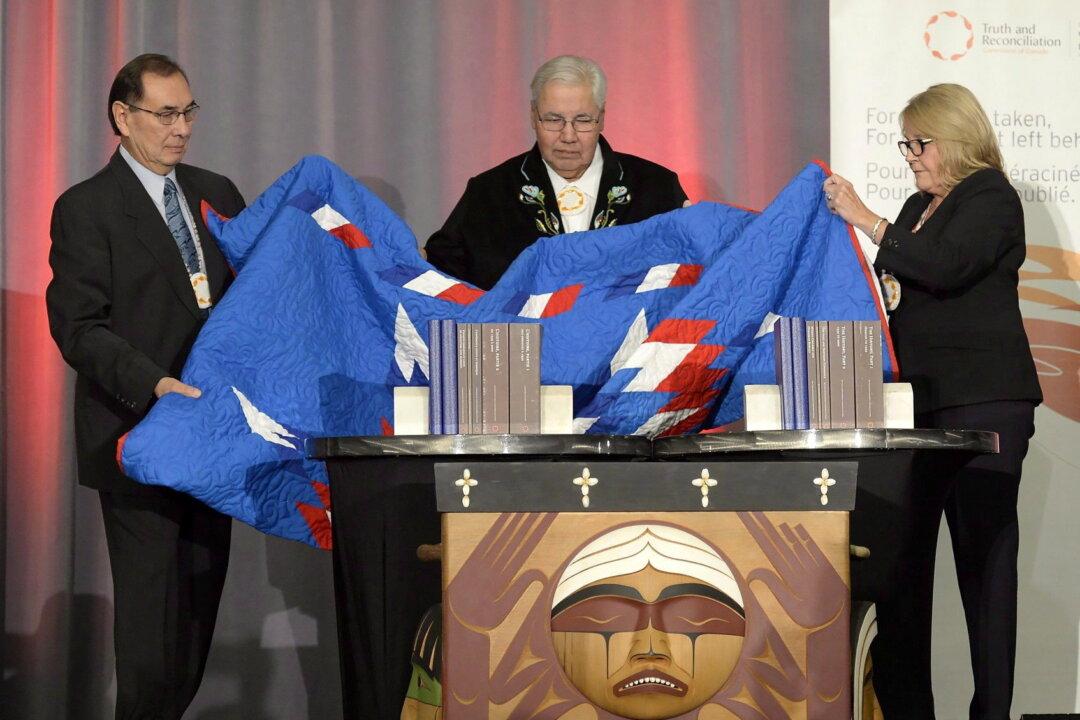Given the title of Dr. Widdowson’s talk, this response seems like a non sequitur. Even so, in President Mahon’s mind, reconciliation between indigenous people and other Canadians depends on two conditions: 1) agreeing with all 94 calls to action in the TRC report; and 2) stopping people who may disagree from saying what they think, at least on the U of L campus.
But Canadian universities and the churches, especially those that managed Indian Residential Schools (IRS), should welcome—rather than discourage—civil discourse about the TRC report and the 94 calls to action. These calls are, without exception, demands that have serious financial and social implications for universities, churches, and, indeed, for all Canadians.
Should Canadians be allowed to disagree with claims in the TRC report that will, to their minds, negatively affect their lives, the lives of their children and grandchildren, and Canada’s prosperity?
Of course they should.
In a democracy, respectful disagreement and debate needs to be preserved, if not enhanced. Debate on important policy issues is fundamental to our way of life.
A group of about 20 Canadians—including Frances Widdowson—have been called “residential school deniers” because they are asking for evidence beyond what some survivors claim. Of course, we prefer the label “historical realists.”
The realists began questioning the official narrative when “215 children’s bodies were discovered” by ground penetrating radar (GPR) in the Kamloops Indian Residential School yard. One of the realists examined the historical records and discovered that in the mid-1920s, clay pipes for a septic field were buried in the surveyed area.
As a result, the realists wondered if the GPR had re-discovered the clay pipes and not the graves of IRS students. To date, Tkʼemlúps te Secwépemc (formerly the Kamloops Indian Band) has not released the GPR report, and it has not allowed excavations to see what the GPR had picked up.
Surprisingly, none of the 94 calls to action demand that school yards should be searched for the bodies of murdered and buried IRS children. This is important because the commission worked for six years, spent over $60 million, and did not report credible evidence that children had been murdered and buried in residential school yards.
Nevertheless, the commissioners heard one horrifying story from an IRS survivor, Doris Young, who testified that she witnessed the murder of a young child at the Anglican Elkhorn Indian Residential School in Manitoba.
It is strange that the commissioners never referred her testimony to the proper authorities to be thoroughly investigated. As surprisingly, they never asked other survivors if they saw children being murdered and buried in residential school yards. Even more surprising, the TRC commissioners never called for residential school yards to be searched for possible graves of indigenous students.
Since the Kamloops “discovery,” there have been hundreds, if not thousands, of claims of potential graves in residential school yards across Canada. Surely, these claims must be as eye-opening to the commissioners as they are to other Canadians.
There are, as the commissioners know, cemeteries close to many residential schools. The reason is simple. Residential school chapels often served as churches for local parishioners, both indigenous and non-nidigenous, and as expected, parish cemeteries were located close-by.
In many cases, the wooden crosses used to demark graves had deteriorated. Importantly, using headstones is a Christian practice which many indigenous people never fully adopted. So even today many graves in reserve cemeteries are unmarked.
Nevertheless, President Mahon ruled that realists, like Frances Widdowson, should not talk about wokism because it may touch on indigenous topics and some people may be offended, jeopardizing reconciliation—as if reconciliation is so fragile that the views of one person could destroy the whole project.
But to get at the truth, which according to the TRC itself is necessary for reconciliation, Canada needs more discussion, not less, about residential schools and whether or not children were murdered and buried in the school yards, even if some people are uncomfortable. The truth must be more important than the feelings of some people.
Surely, universities and the churches, especially those that managed residential schools—the Roman Catholic, Anglican, United Church, Mennonite, and Baptist churches—need to strive for the truth. To do this they must have a good understanding of indigenous history, culture, and specifically burial practices. Everyone needs to know if the GPR surveys are looking for grave sites in abandoned or over-grown cemeteries, and everyone needs to know if the GPR surveys are picking up the images of buried children or clay pipes.
Excavations must take place, and if the unregistered bodies of children are discovered, steps must be taken to determine if they were murdered. If they were, a report needs to be published for all Canadians, and charges need to be laid against school employees who were involved and who are still alive.
The truth must be ferreted out so that justice is served. When the truth is known, an honourable reconciliation can be forged.





